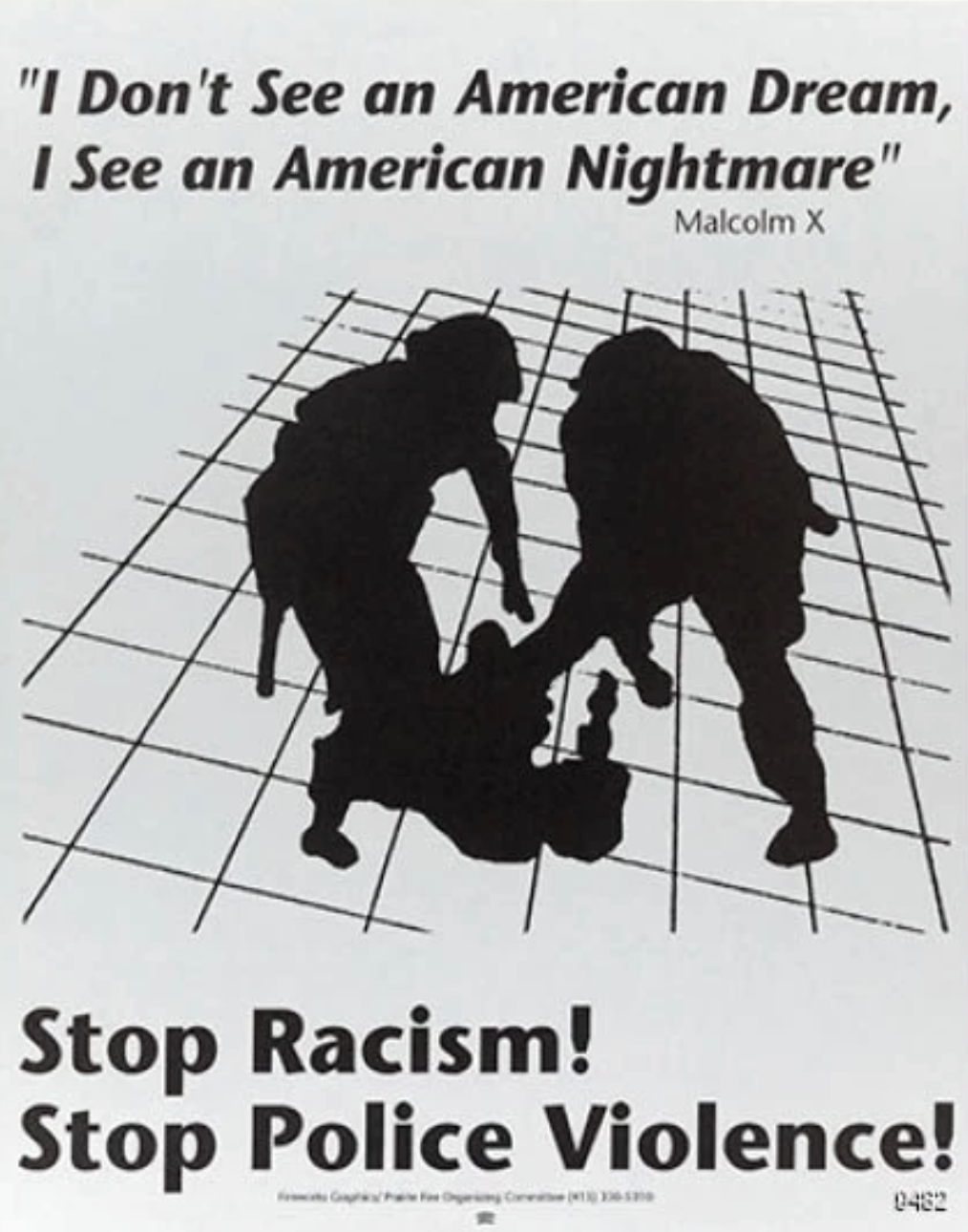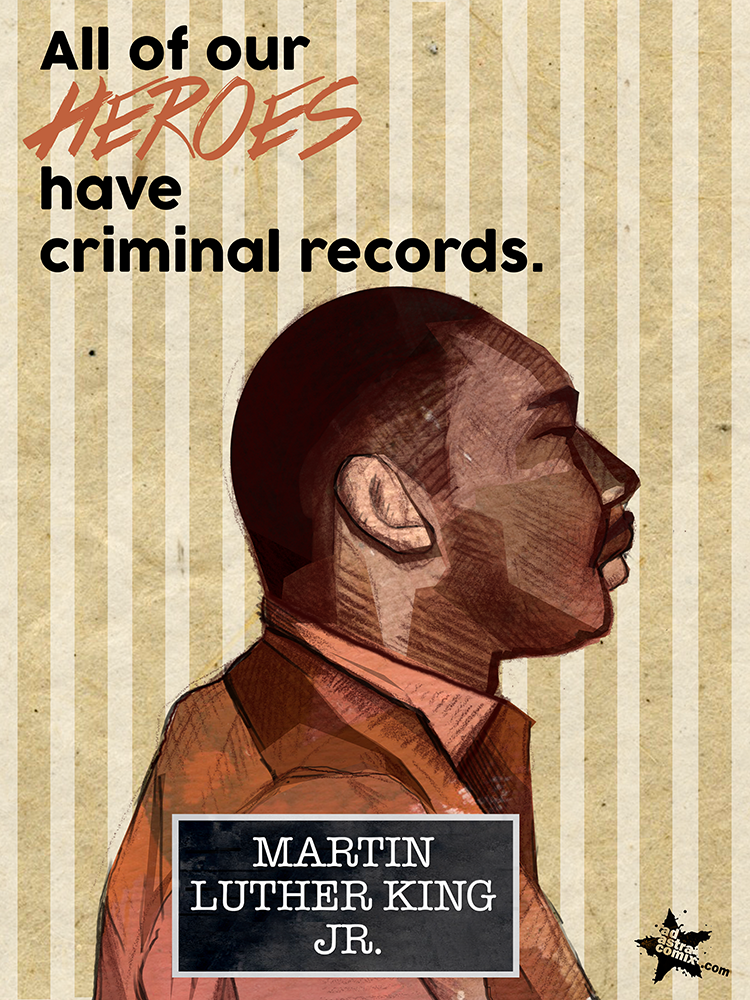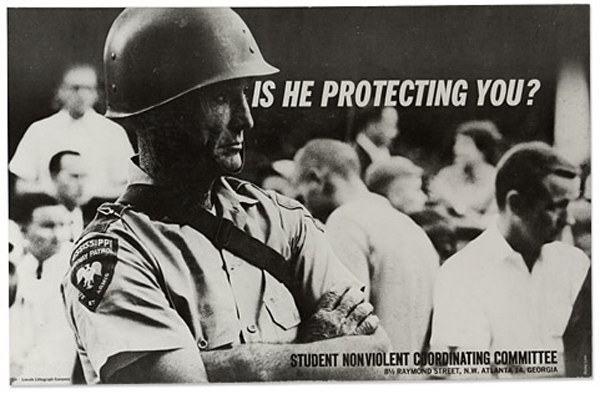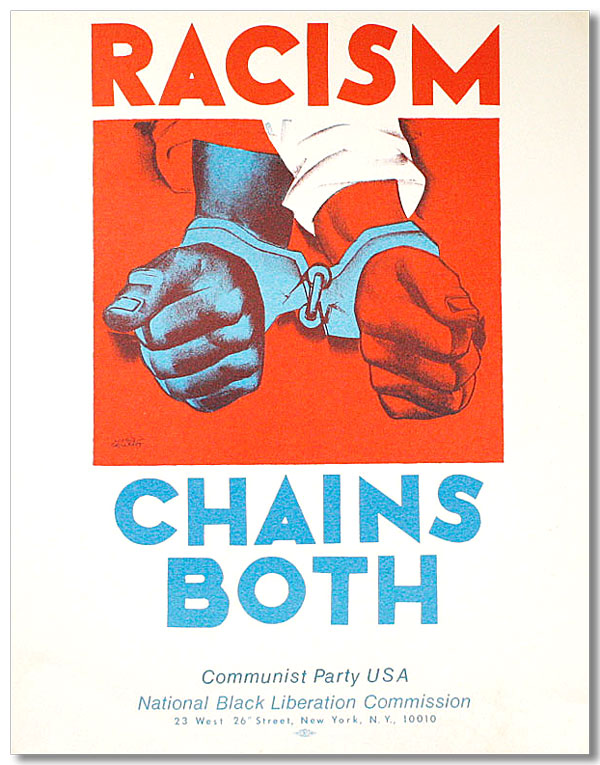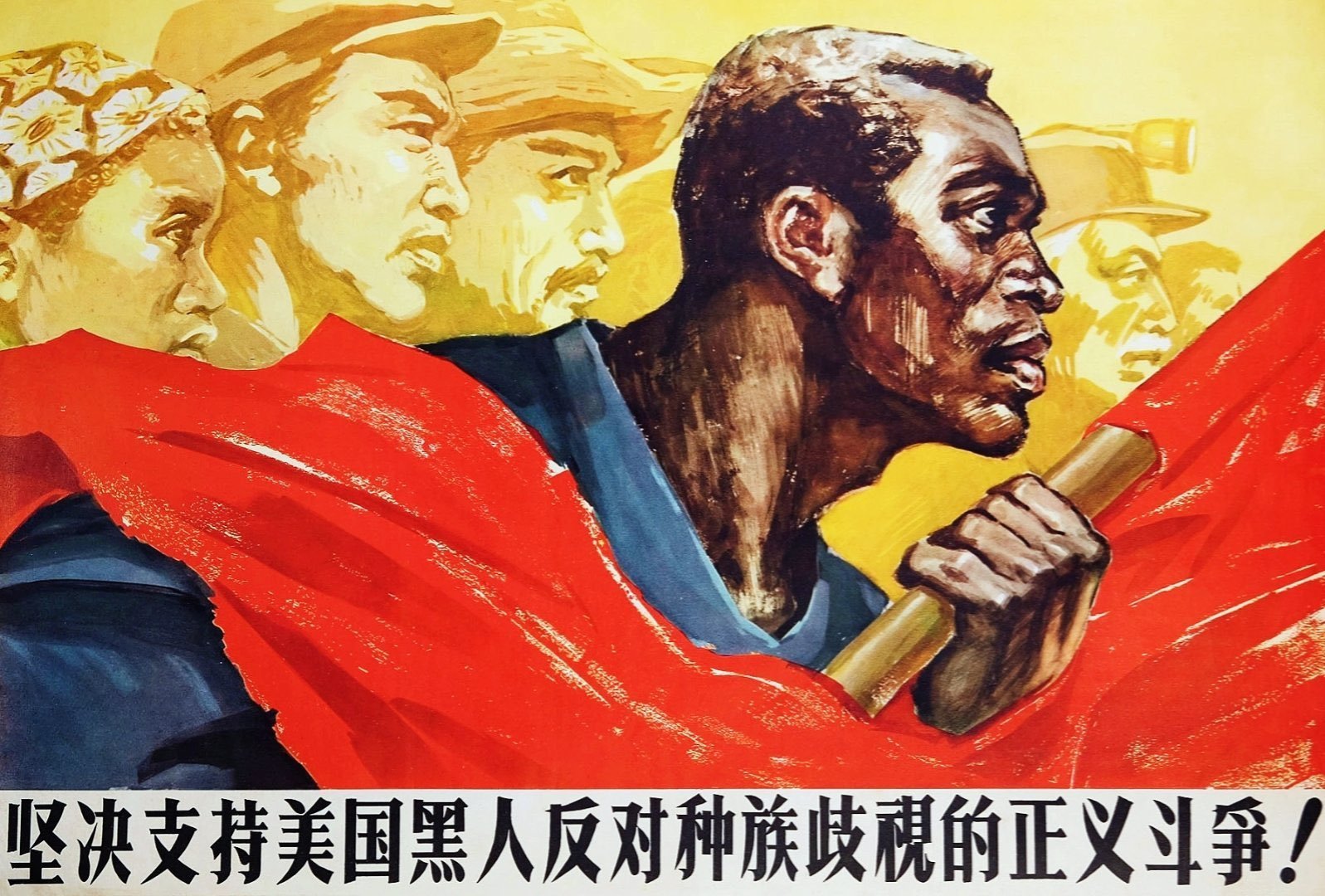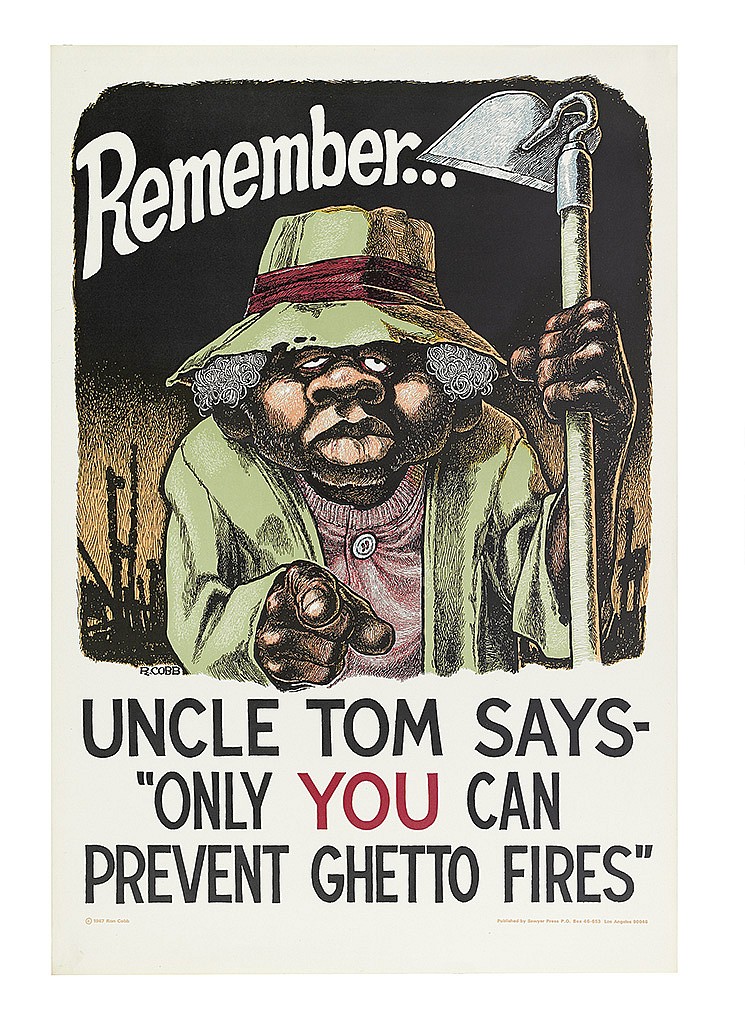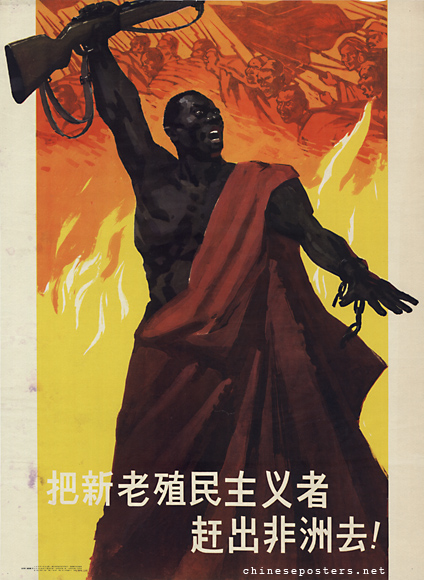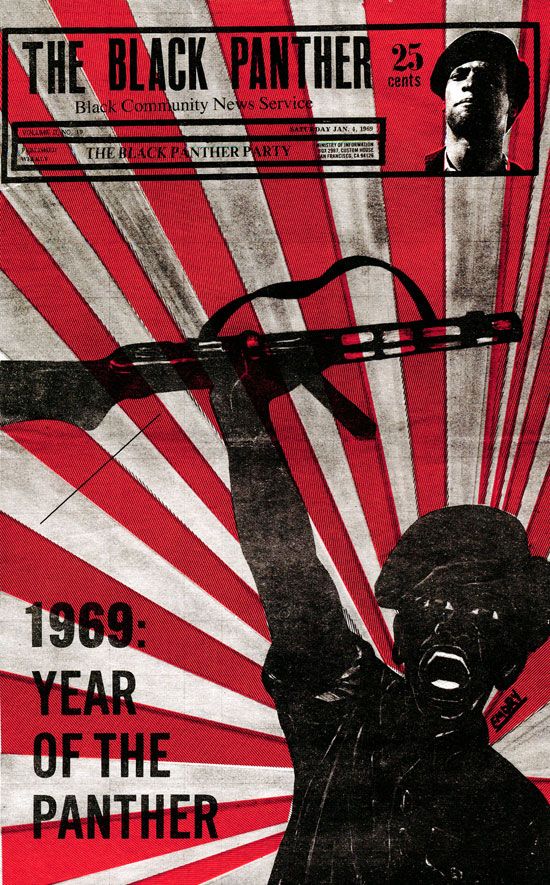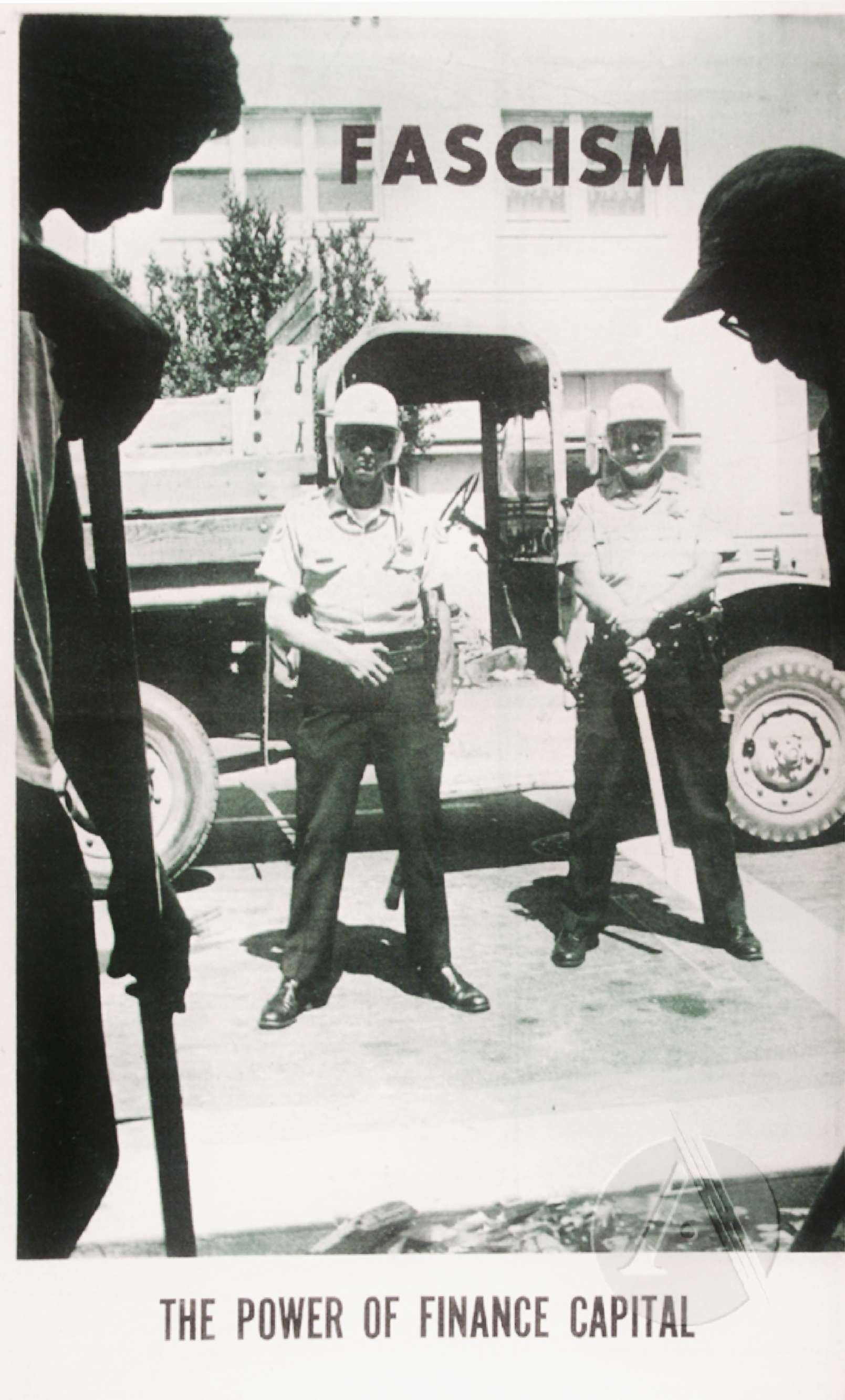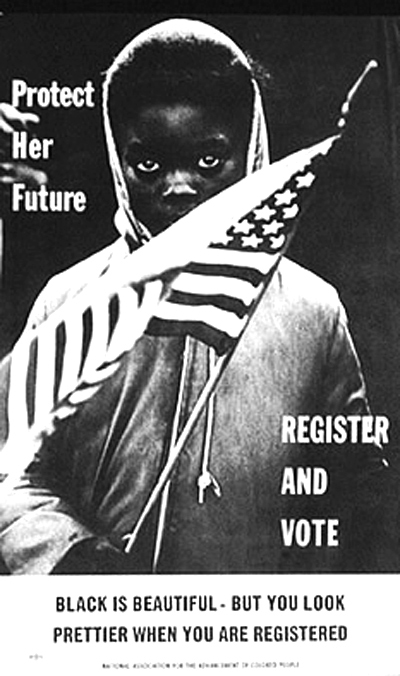
Register And Vote
Black is beautiful - but you look prettier when you are registered
Unknown photographer
Dated between 1965 and 1980
- Photo subject's face is obscured by American flag intentionally; represents political oppression of Black Americans by the state.
- Subject is looking up at the camera, appealing to the audience's emotions.
- By having the subject look up directly at the audience, the photograph is addressing the audience. Using a child for this purpose may evoke a sense of responsibility for the reader, which would prompt them to listen to what the poster is urging them to do
- The time period, using a child as the subject, and caption using wording like, "beautiful," and, "prettier," suggest that the poster is aimed towards women; most likely trying to get Black women to vote after the Voting Rights Act of 1965 was passed.

